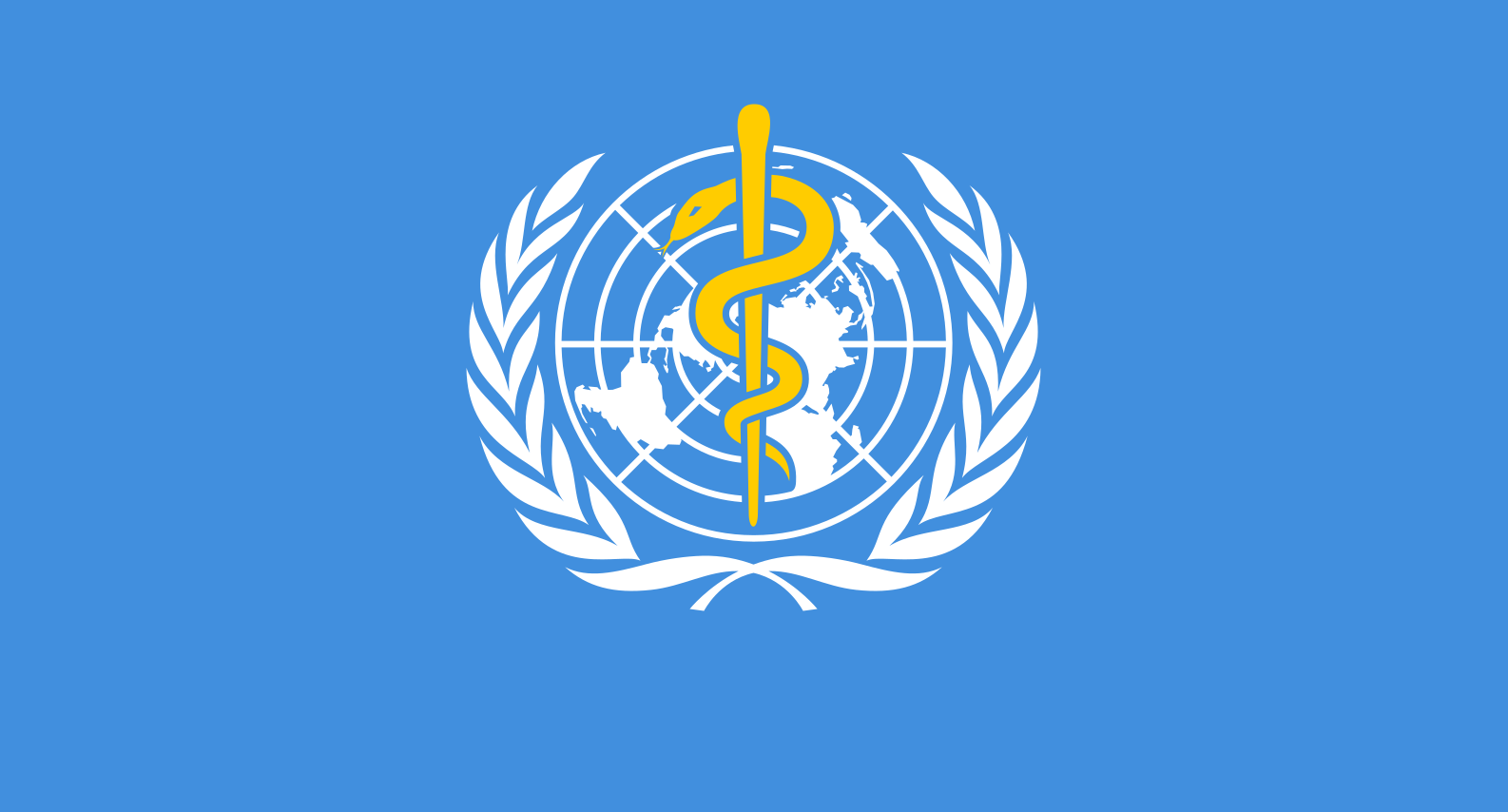 News
NewsThe World Health Organization (WHO) announced Monday that Namibia has eliminated vertical mother-to-child transmission of viral HIV and Hepatitis B, the first country in Africa and the only high-burden country worldwide to do so.
WHO presented the country with the “silver-tier” status for its work on controlling and eliminating Hepatitis B and the “bronze tier” for progress in HIV eradication. Namibia has followed and worked on the WHO Triple Elimination Initiative, which collectively aims to curb and eradicate mother-to-child transmission of HIV, syphilis, and hepatitis B. This initiative is based on the agenda for integrated service delivery and safeguarding the right to health of both mother and child.
WHO also stated that Namibia has worked extensively to “integrate primary health care with antenatal, child health and sexual and reproductive health services.” Moreover, the government has provided continuous financial help and therefore has bolstered national health programs, providing free clinical services.
The honor status is provided by the WHO in collaboration with UNICEF, UNAIDS and UNFPA, who collectively evaluate and validate a country’s measures of control and eradication. WHO certifies bronze status to a country in its reduction in vertical transmission from mother-to-child to less than overall 5 percent. And the silver status is provided when at least 50 percent of the infant population of the country has been given hepatitis B vaccine.
Dr Matshidiso Moeti, the WHO Regional Director for Africa, applauded Namibia’s work:
This is a landmark achievement by Namibia that demonstrates the life-saving possibilities of committed political leadership and effective implementation of public health priorities. With concerted efforts, we can accelerate progress to reach the goals of ending mother-to-child transmission of HIV, hepatitis B and syphilis – the triple elimination.
The United States Agency for International Development (USAID) reported in 2018 on the devastating state of HIV and AIDS prevalence in Namibia. It stated that almost 13.1 percent of the national population was infected with the deadly disease, with some regions facing an overall prevalence rate of 36 percent. It also reported that around 40 percent of new infections were in people between the ages 15 and 24, and that women are “disproportionately” affected.

